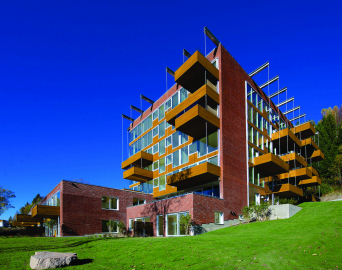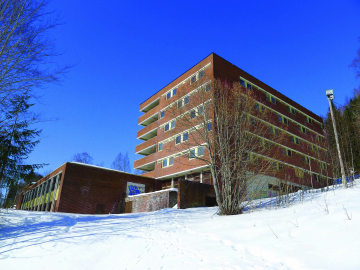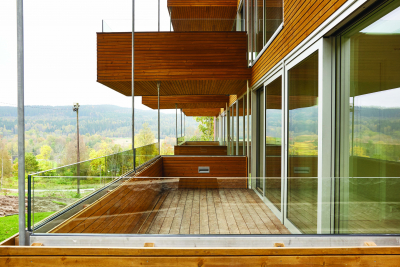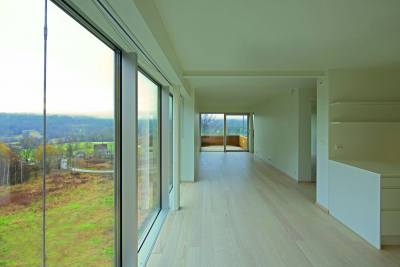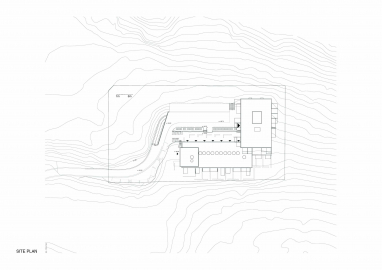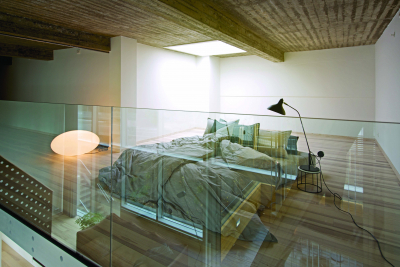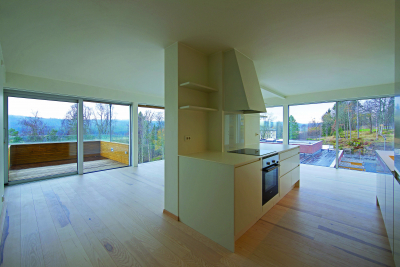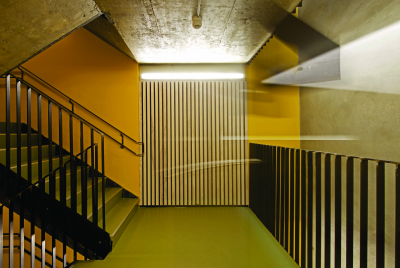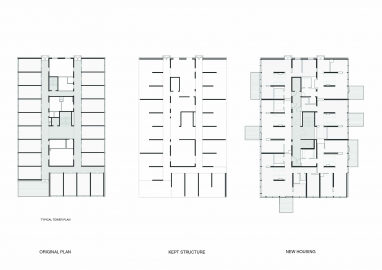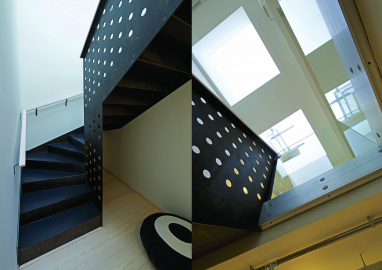The Nursing School
Transformation of former Nursing school into 43 new apartments and rowhouses. The building volumes are principally unaltered. The new apartments are visually and constructively informed by the constraints of the existing construction, creating spaces with architectural qualities connecting the present day building to its history.
The Nursing School at Dikemark was built in 1966. Originally consisting of a low-rise containing the school program and a high-rise containing student dormitories. Its present renovation has transformed this former school building into 43 new apartments and rowhouses. The building volumes are principally unaltered apart from a new carpark beneath the forecourt.
The new apartments are visually and constructively informed by the constraints of the existing construction, creating spaces with architectural qualities connecting the present day building to its history. The premises and possibilities of a renovation have given way to new and unexpected architectural qualities and solutions that would not have come into existence based on a rationale of building “from scratch”.
The Nursing School at Dikemark was built in 1966. The building consisted of a low-rise containing the school program and a high-rise comprised of single-room student dormitories. The building was practically a ruin prior to renovation.
The buildings advantageous position in the landscape and the views and vistas have been essential in informing the design of the apartments. In essence there is a consistent use of glass from floor to ceiling. All units have spacious private balconies or terraces. The new units are visually and constructively informed by the constraints of the existing construction, creating spaces with architectural qualities connecting the present day building to its history.
The new façade of the high-rise reflects the rhythm of the original redbrick façade with bands of windows varying in height. The premises and possibilities of a renovation have given way to new and unexpected architectural qualities that would not have come into existence based on a rationale of building “from scratch”.
The forecourt between the two buildings has been upgraded with common areas and playgrounds above a parking garage. The row houses have private front gardens.
The Nursing School is presently renovated into 43 new apartments and rowhouses of varying size.
The original construction and facade is kept visible in the new project where possible. The structure is cast in-situ concrete and facades are clad in redbrick. New materials added are glass from floor to ceiling and balconies cladded in wood.
The existing structure has been made use of to the greatest possible extent in the shaping of apartments and rowhouses.
The building volumes are principally unaltered apart from a new carpark beneath the forecourt. Where possible, openings have been made in loadbearing walls where it has been viable to facilitate larger continuous units without compromising the integrity of the existing structure. Existing floor slabs are more or less intact, with the exception of the row houses in the low-rise, where openings were made for internal stairs and lightwells, creating double-height spaces beneath skylights.
A good portion of the existing internal surfaces have been encapsulated on account of modern standards of acoustic, fire and climatic principles.

